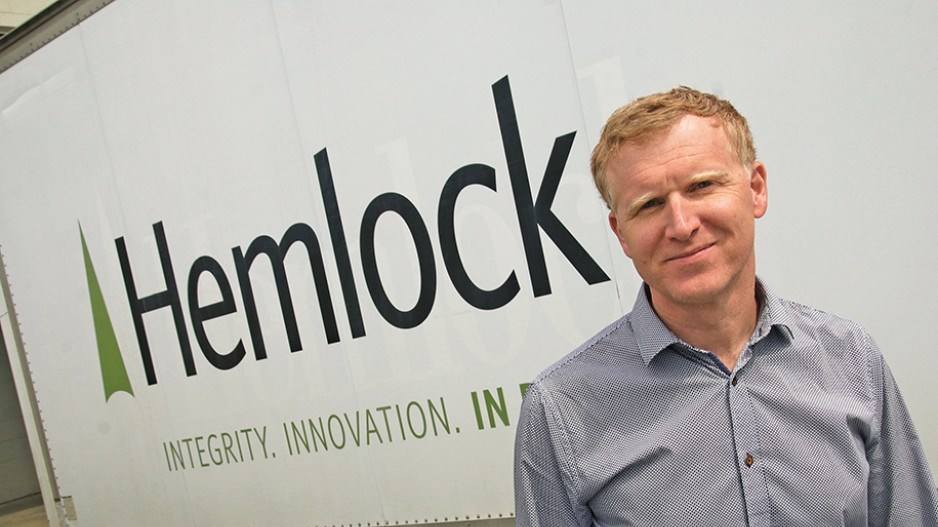Before the COVID-19 pandemic threw the global economy into the deep freeze, the commercial printing industry was already adapting to digital disruption.
“This event is only accelerating the need for our businesses to adjust and adapt,” said Richard Kouwenhoven, president of Hemlock Printers Ltd. “Prior to this event we were in an environment with a lot of business pressure [as the result of digitization] to begin with, and the need for businesses to adapt been accelerated.”
Like other businesses, commercial printers are shutting down some of their presses and working with reduced demand, Kouwenhoven said.
However, he added that COVID-19 did not precipitate the change for his industry; instead, society’s move to digital technologies had already taken a large bite out of the commercial printing business before the pandemic arrived.
As a result, printers have had to start diversifying their service offerings to be more relevant in a digital age, developing niche products like independent magazines and being active in multiple markets beyond the Lower Mainland.
“It hasn’t changed the focus,” he said, “it’s just made it more urgent.”
One might think that with people spending more time at home that there would be a greater demand for printed products ranging from magazines and books to home shopping catalogues. But bulk revenue is beginning to fall, according to Jacquie McBain, executive director of printing and imaging association Print Forward.
While there are some growth areas for commercial printers during this time, Kouwenhoven said they are mostly offset by a drop in other sales.
Printers are seeing increased demand for reading material as well as training and communication material for front-line and essential workers, which is helping bolster business while other projects become stalled.
Advertising has slowed, but that doesn’t mean retailers aren’t trying to convey crucial information to their customer base. Kouwenhoven said he has seen a rise in sales in signage products offered by Hemlock, as retailers try to get out the message about how they are adapting to COVID-19 restrictions.
McBain said the industry has evolved and even retooled in some cases to serve the developing needs during the COVID-19 pandemic.
Commercial printers are providing more than signage and informational materials. They have also started producing products such as Plexiglas shields and sneeze guards.
While many business projects have been cancelled or been put on hold, companies are beginning to adapt to the new normal, and Kouwenhoven said new opportunities are emerging and will continue to emerge in the coming months.
Because commercial printing is closely connected to corporate advertising, it can be a useful economic indicator. As companies and customers begin to return to business as usual, Kouwenhoven said he expects the printing business will pick up.
“The recovery is potentially a nice opportunity for our industry. As businesses come back and begin to communicate what they’re doing and how they’ve changed, printing will likely factor into that significantly. We could see a fairly quick upswing for a number of companies in the industry.”




